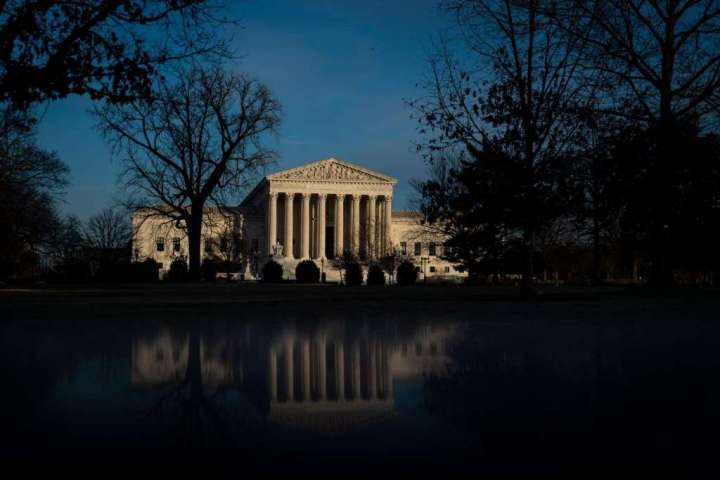You may know how a bill becomes a law, but do you know how a case becomes a Supreme Court case? In the United States, the Supreme Court is the court above all others.
How does a case make it to the Supreme Court?

Margaret Russell, a professor at Santa Clara University School of Law in California, said original jurisdiction cases, “are a very small category.” Yet they are among the most notable cases that the court hears.
There are four categories of cases that fall into the court’s original jurisdiction. Cases involving two or more states, cases between a state and the United States as a whole, cases involving actions of public officials, and cases between a state against residents of another state or citizens of another country.
An example of an original jurisdiction case would be Virginia v. Maryland, a case involving the two states and what their rights to the Potomac River are. The court ruled in favor of Virginia and allowed the state to build on the river’s western shore.
Another way a case makes it to the Supreme Court is after a lower court makes a decision and the losing side challenges, or appeals, the decision all the way to the Supreme Court. This is known as appellate jurisdiction.
“Appellate jurisdiction is not mandatory, meaning they don’t have to accept that,” Russell said. “Four Supreme Court justices need to vote to grant review.” There are nine Supreme Court justices. Most of the cases the justices hear are appeals from lower courts.
When the Supreme Court rules, it has the final say and the court’s decisions become precedent. Precedent means that decisions become a guide for similar cases in the future. Russell said that the court will reverse precedent only on rare occasions.
She points to Brown v. Board of Education, in which the court declared in 1954 that racially segregated schools were unconstitutional, as an important example of the court reversing precedent set by an earlier case, Plessy v. Ferguson in 1896. “In holding that you couldn’t have segregated government schools by race, that overruled an earlier case … that said you could separate the races and [that would be considered] equal,” Russell said.
A large number of case decisions are typically announced in late June. The court heard or reviewed 70 cases this term, which started in October. “There are often like 5,000 to 8,000 petitions for review from the Supreme Court in a year, and they just take a handful,” Russell said.
A decision on a case that may impact kids to look out for is Kennedy v. Bremerton School District. A former public high school football coach sued the district he worked for. The district recommended he not be rehired because he would pray on the field after games and sometimes students would join him.
Lower courts have ruled in favor of the school district, saying that praying at school isn’t protected by the right to free speech because it violates the Constitution, which says the government must not establish a religion. The Supreme Court will have the final say.






